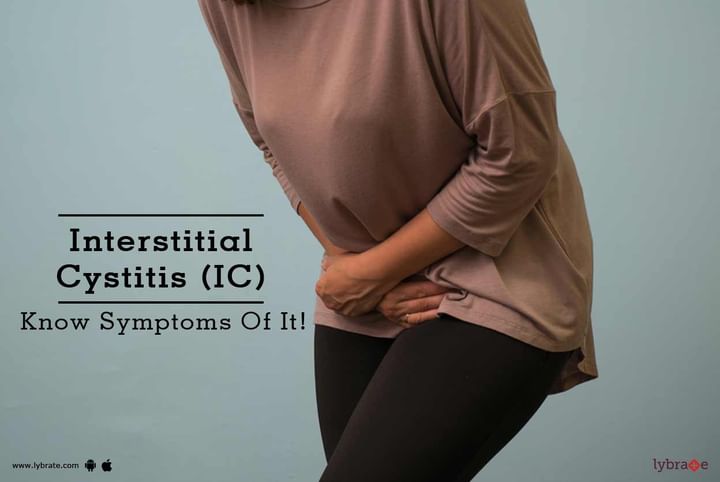Interstitial Cystitis (IC) - Know Symptoms Of It!
Interstitial cystitis (IC), also known as painful bladder syndrome, is a difficult condition. It is difficult to diagnose and though there are treatments that can make life easier, there is no long-term cure. Interstitial cystitis is a lifelong bladder problem, that causes pressure and pain below the belly button. Symptoms can be constant, or they may fluctuate. It causes painful and urgent trips to the bathroom. In severe cases, you may need to urinate about 40 to 60 times in a day.
What causes interstitial cystitis (IC)?
The bladder is a hollow, muscular organ that holds the urine your body needs to dispose. The reason why IC occurs isn’t that clear, but there a few ideas:
1. An issue with bladder tissue allows chemicals in your urine to irritate the bladder.
2. Chemicals that are released when there is an inflammation in your body can cause the symptoms.
3. The bladder can be attacked by your immune system
4. Substances in your urine can damage your bladder
5. Nerve problems can wreak havoc on your bladder
Signs and Symptoms
People suffering from IC don’t display the same symptoms. The symptoms keep changing, be it every day, every week or every month. Sometimes, the symptoms may entirely disappear without treatment. Some common IC symptoms include:
1. Bladder pressure and pain that worsens after the bladder gets filled with urine
2. Pain in your urethra (the tube that drains the urine from your bladder), pelvis, lower back and lower tummy
3. Women experience vaginal pain (or the area behind it) or in the vulva
4. In men, a sensation of pain in the penis, testicles, scrotum or the region behind the scrotum
5. The urge to urinate, even if you had urinated a few moments ago
6. Women experience pain during intercourse
7. Men experience pain after sex or during orgasm
One common symptom shared by all people suffering from IC is a swollen bladder. There are certain things that can worsen your condition. These include:
1. Certain drinks or foods
2. Physical or mental stress
3. Menstrual cycles



+1.svg)
